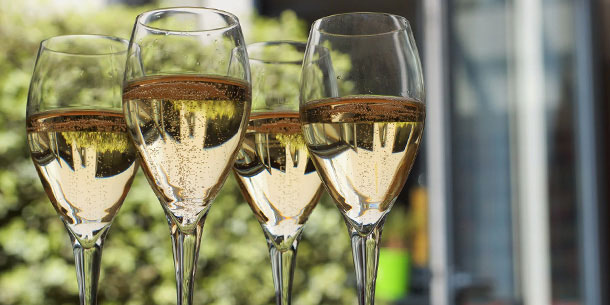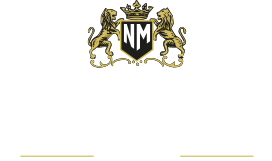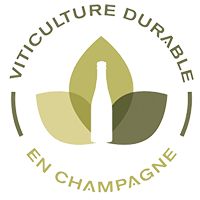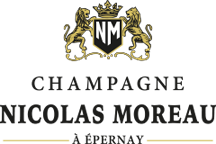Harvest, grapes-picking:
In September, it is harvest time. In Champagne, the grapes are hand-picked to avoid damaging the bunches of grapes.
Winemaking
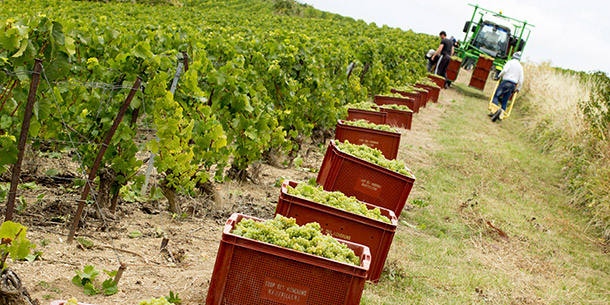
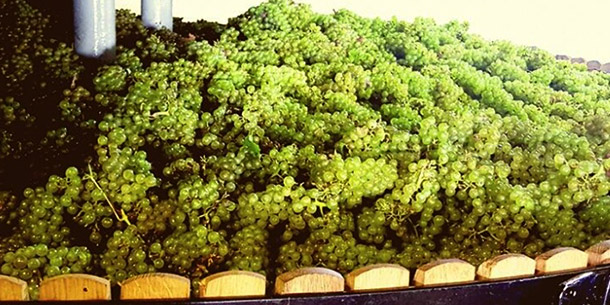
Pressing:
The wine press contains 4000 kg of grapes. The pressing is very slow and we get different juices from this pressing : the « cuvée » is the first pressing, the « taille » is the second. These juices called must are put into different vats. It's important to say that the grape varieties are kept seperated for the alcholic fermentation.
Blending:
The blending is a very important stage. For a non vintage, for example, we'll mix differents plots. Then the wine can be bottled. In the blend we add a « liqueur de tirage » whish consists of sugar and yeast and the bottles are closed with a « bidule » and a crown cap.
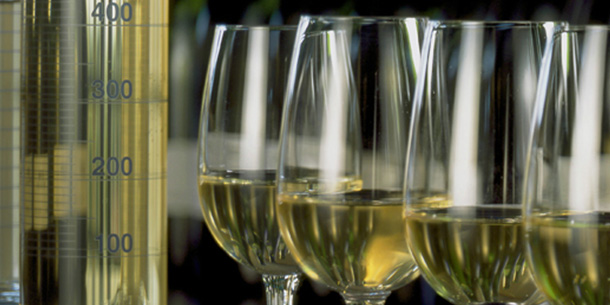
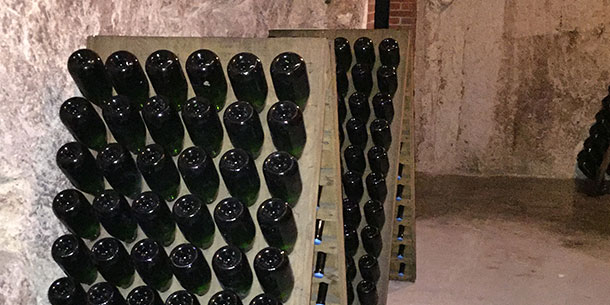
Ageing/Riddling:
There's an ageing period of minimum 15 months for a non vintage and 36 months for a vintage. But that really is a minimum and most champagnes are kept in cellars longer. This long ageing on lees will give more complex aromas, a creamy mouthfeel and breadlie aromas. The next stage is the riddling : the bottles are placed horizontally at first and then progressively tipped up. We also turn them a little bit every day to collect the deposit in the neck of the bottle.
Disgorging:
The disgorging consists in removing the sediment left in the bottle. The bottle neck is plunged into a freezing liquid to freeze the deposit. When the crown cap is removed, the deposit is expelled. At this moment, we add the dosage : it's a mixture of sugar and reserve wine. It determines the type of champagne (brut or demi-sec).
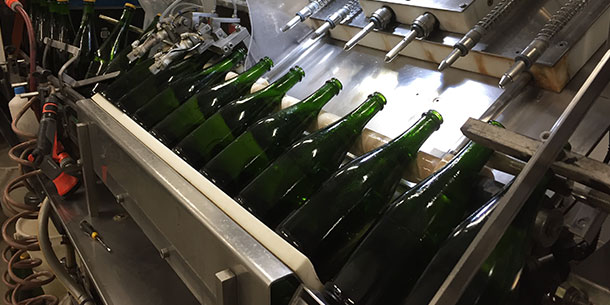
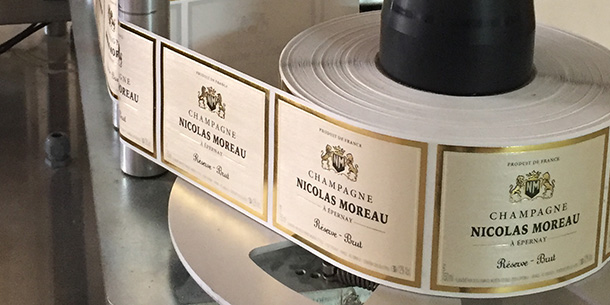
Labelling
After the labelling the bottles are ready to be sold
Tasting
Now, you can appreciate the fineness of the champagne with your family
